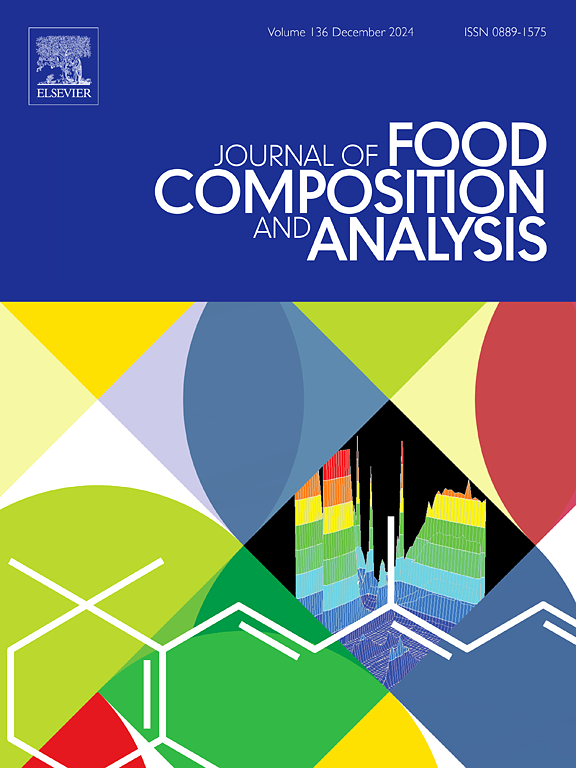Microplastics in food: Sources, distribution, health impacts, and regulation
IF 4
2区 农林科学
Q2 CHEMISTRY, APPLIED
引用次数: 0
Abstract
Microplastics (MPs) refer to microparticles and nanoparticles continuously released during the degradation of plastic waste and the use of plastic products. MP pollution in the environment is particularly persistent, particularly due to the stable and refractory nature of plastic waste. Compared with large plastic particles, MPs are more likely to spread through air, water, and other media, ultimately entering the human body through the food chain. Subsequently, MPs accumulate in a wide range of distributions throughout the body, including the gut, brain, immune system, and respiratory system, leading to chronic inflammation and disease, and even acting as vectors for other pathogens and contaminants that further compromise overall health. However, our understanding of the sources, distribution, detection methods, and human health impacts of MPs in food is limited. In this review, we provide an overview of the sources, environmental distribution, and potential health impacts of MPs in food (marine food, terrestrial food, water sources, and food materials and processing). We also examine strategies for controlling and reducing the accumulation of MPs in food. Finally, we highlight the challenges and prospects for future research. This review provides scientific evidence to support further studies on MPs in food.
求助全文
约1分钟内获得全文
求助全文
来源期刊

Journal of Food Composition and Analysis
工程技术-食品科技
CiteScore
6.20
自引率
11.60%
发文量
601
审稿时长
53 days
期刊介绍:
The Journal of Food Composition and Analysis publishes manuscripts on scientific aspects of data on the chemical composition of human foods, with particular emphasis on actual data on composition of foods; analytical methods; studies on the manipulation, storage, distribution and use of food composition data; and studies on the statistics, use and distribution of such data and data systems. The Journal''s basis is nutrient composition, with increasing emphasis on bioactive non-nutrient and anti-nutrient components. Papers must provide sufficient description of the food samples, analytical methods, quality control procedures and statistical treatments of the data to permit the end users of the food composition data to evaluate the appropriateness of such data in their projects.
The Journal does not publish papers on: microbiological compounds; sensory quality; aromatics/volatiles in food and wine; essential oils; organoleptic characteristics of food; physical properties; or clinical papers and pharmacology-related papers.
 求助内容:
求助内容: 应助结果提醒方式:
应助结果提醒方式:


